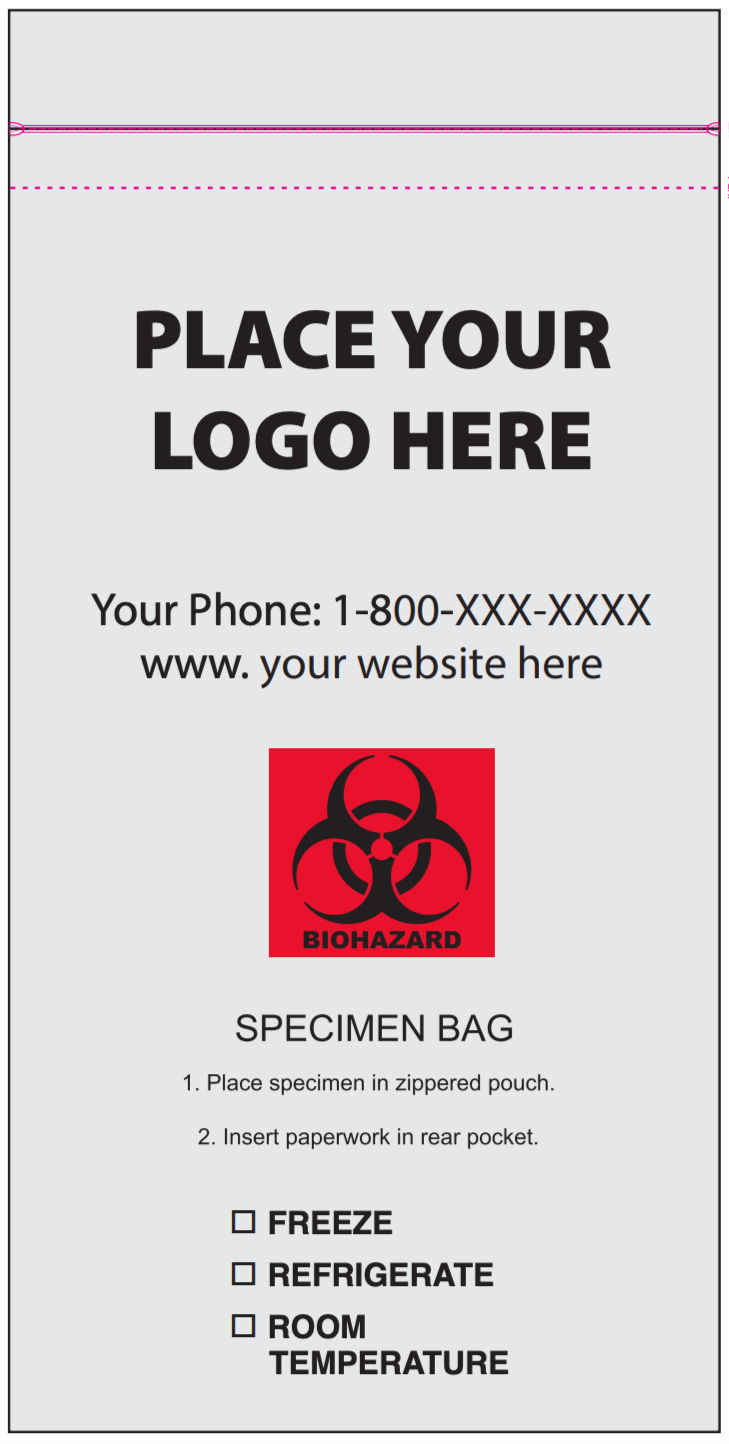- Command Lab Forms
- Jul 15
- 2 min read

When it comes to patient care, every detail matters—including how specimens are transported. While lab tests and diagnostic tools often get the spotlight, the simple specimen transport bag plays a vital role in keeping samples safe, organized, and clearly identified. Custom printed transport bags may not be high-tech, but they’re one of the most practical tools a medical or laboratory facility can invest in.
1. Professional Appearance and Branding
Custom printed specimen transport bags help establish your organization’s credibility and professionalism. A clean, well-designed bag with your clinic or laboratory’s name and logo reinforces your brand identity—not only internally among staff, but also to patients, providers, and partner labs.
This small detail reflects the quality standards your organization maintains and communicates that you take the handling of medical specimens seriously.
2. Improved Communication
Custom printing allows you to include specific messaging that improves clarity and consistency across all departments. This might include:
Instructions for handling or storing the specimen (e.g., "Keep Refrigerated")
Facility contact information
Special collection instructions (e.g., “STAT”, “Deliver Immediately”)
Fields for manual checkboxes or handwritten notes
These additions help reduce miscommunication and ensure that each sample gets the appropriate attention upon arrival.
3. Enhanced Organization
When specimen bags are customized for your facility, they can be designed to match your workflow. Whether you want certain areas for paperwork, clear exterior pouches for requisition forms, or printed guidelines for staff, custom printing helps create a systematic, organized transport process.
This kind of consistency is especially important in:
Multi-location practices
High-volume labs
Clinics with rotating or seasonal staff
Everyone knows what to expect and where things go, reducing confusion and wasted time.
4. Patient Privacy and Compliance
Even without barcodes or complex tracking systems (which we can add if needed), custom printed specimen bags can help support patient confidentiality and regulatory compliance. By customizing the exterior printing, you can ensure that no sensitive patient information is visible while still clearly identifying your organization and the bag’s intended use.
Options like checklists for contents, labeling areas, and proper sealing instructions can also help support OSHA and HIPAA compliance.
5. Cost-Effective and Practical
Custom printing doesn’t have to mean expensive. In fact, ordering specimen transport bags tailored to your needs can be more cost-effective in the long run. You avoid over-labeling, redundant packaging, and confusion caused by generic supplies.
Because your bags are printed with your details and information from the start, staff can focus on the task at hand—rather than spending time filling in missing details or explaining unclear packaging.
Final Thoughts
A generic specimen transport bag might get the job done—but a custom printed one gets it done better. From presenting your brand professionally to improving internal processes and ensuring clear communication, custom bags are a simple yet powerful way to strengthen your specimen handling system.
At [Your Company Name], we provide high-quality, customizable specimen transport bags that can be printed with your logo, instructions, and other essential information. Whether you need them for hospitals, clinics, or labs, we can help you create a solution that works.
Let’s make specimen transport smarter, safer, and more professional. Contact us today to get started.


